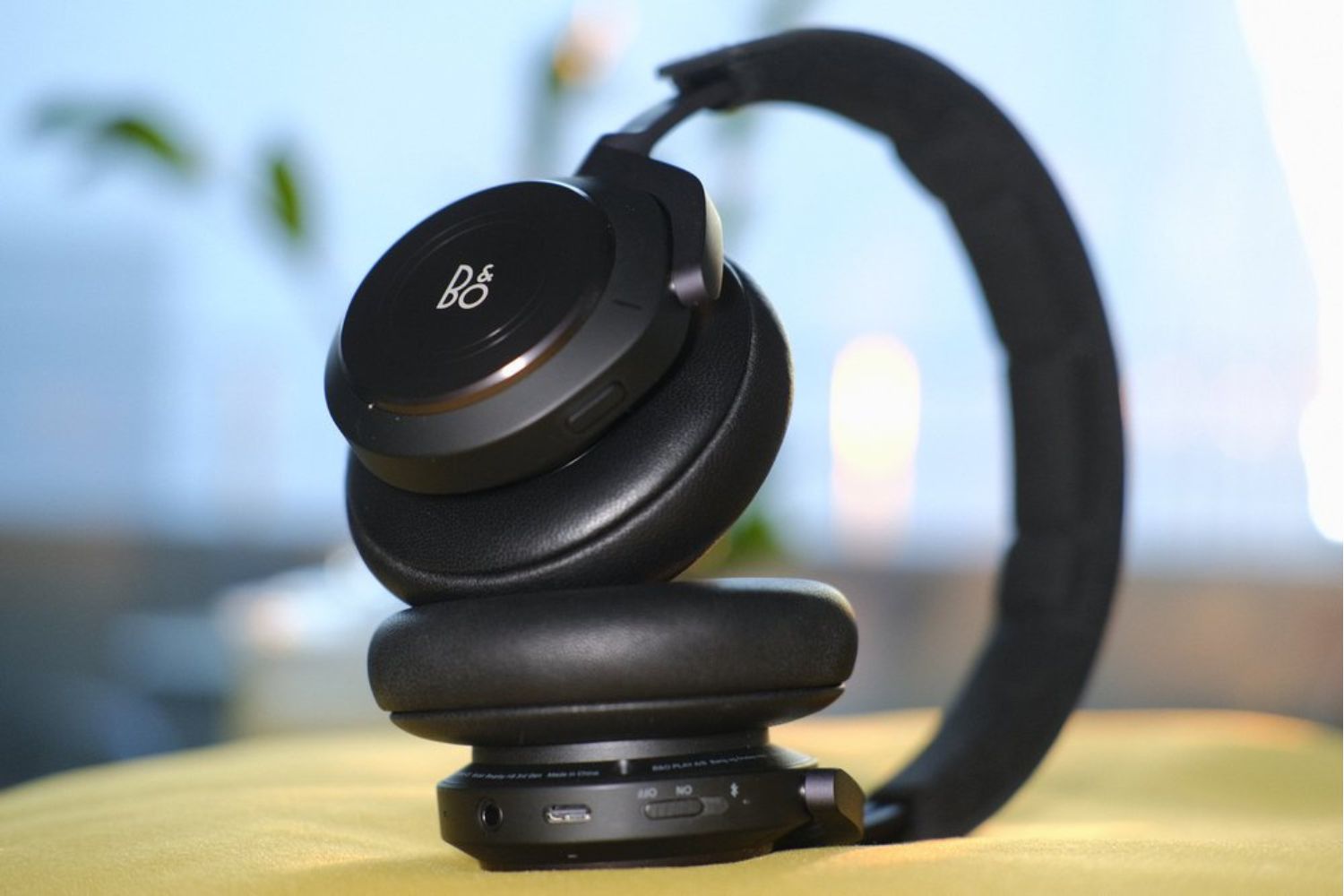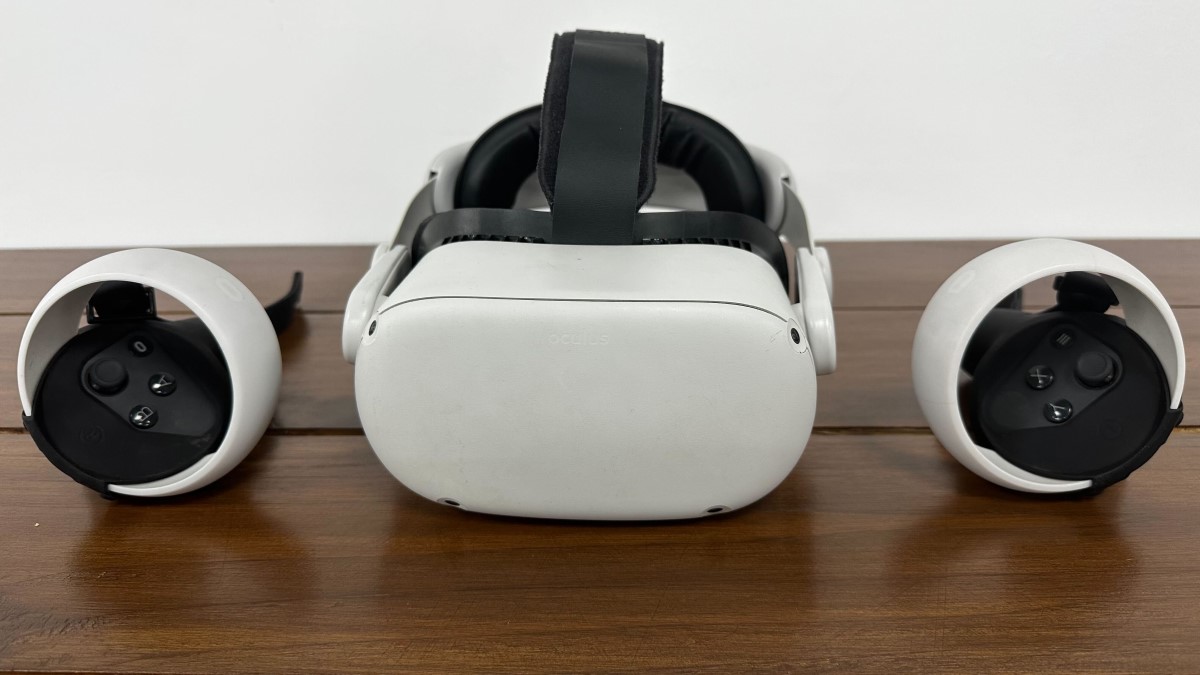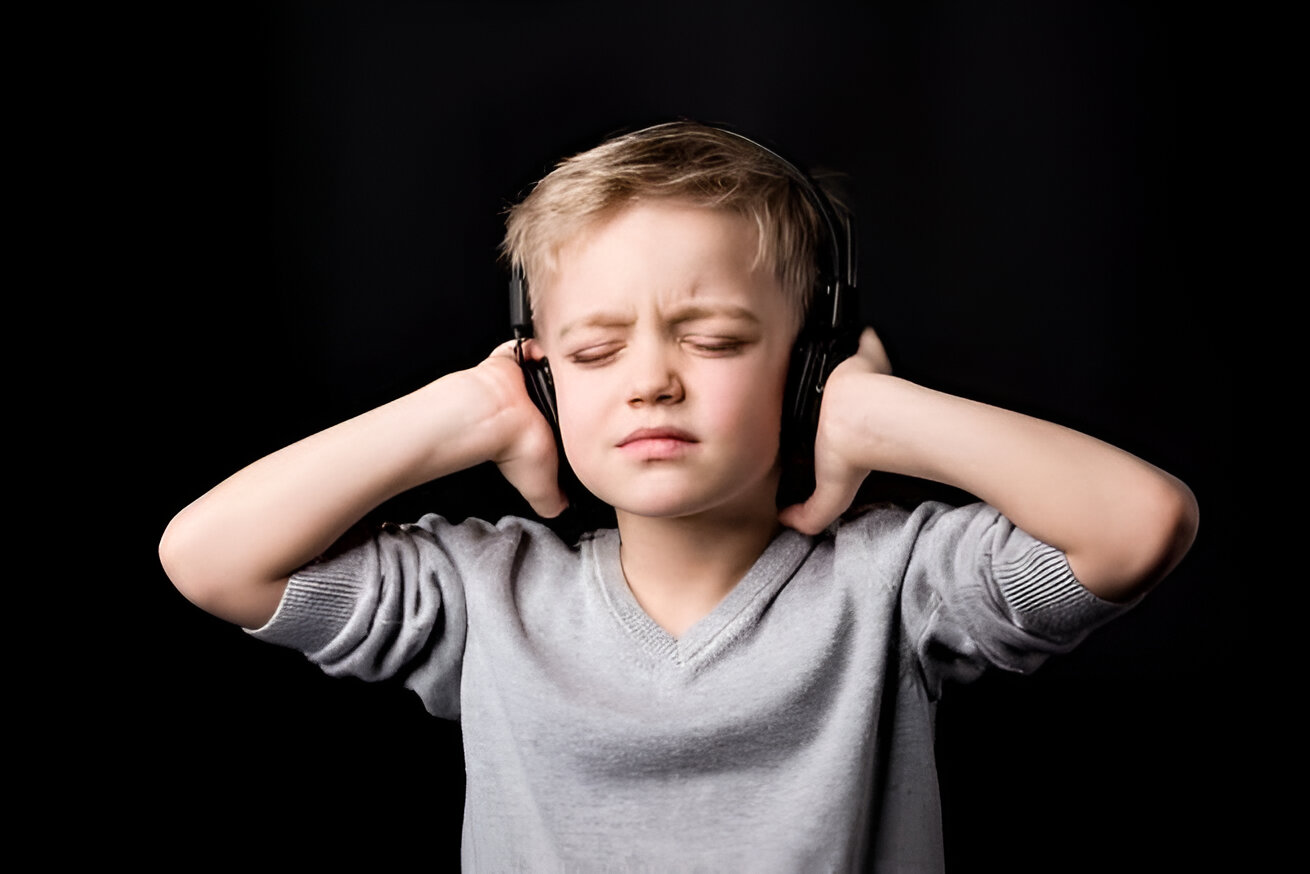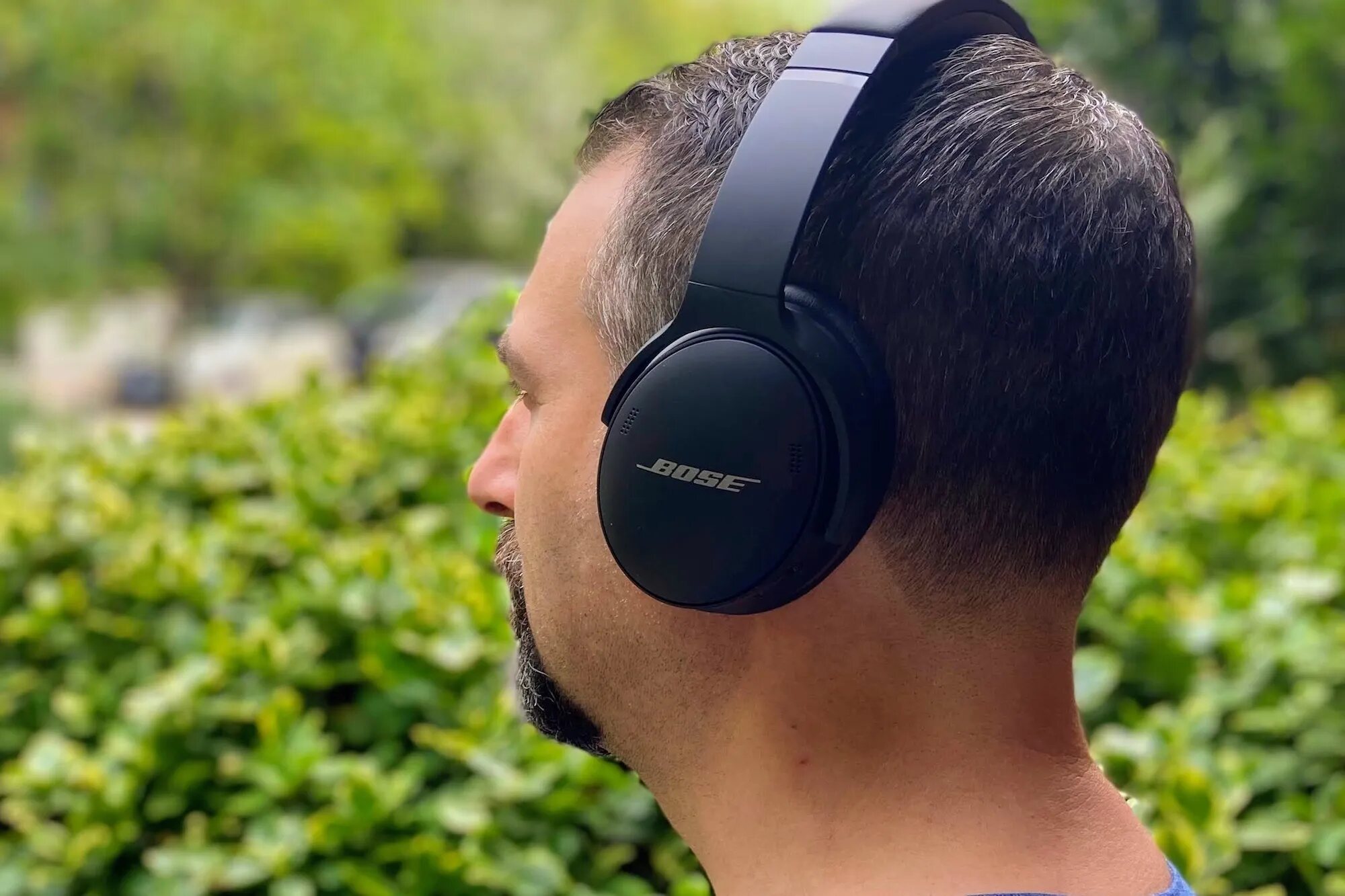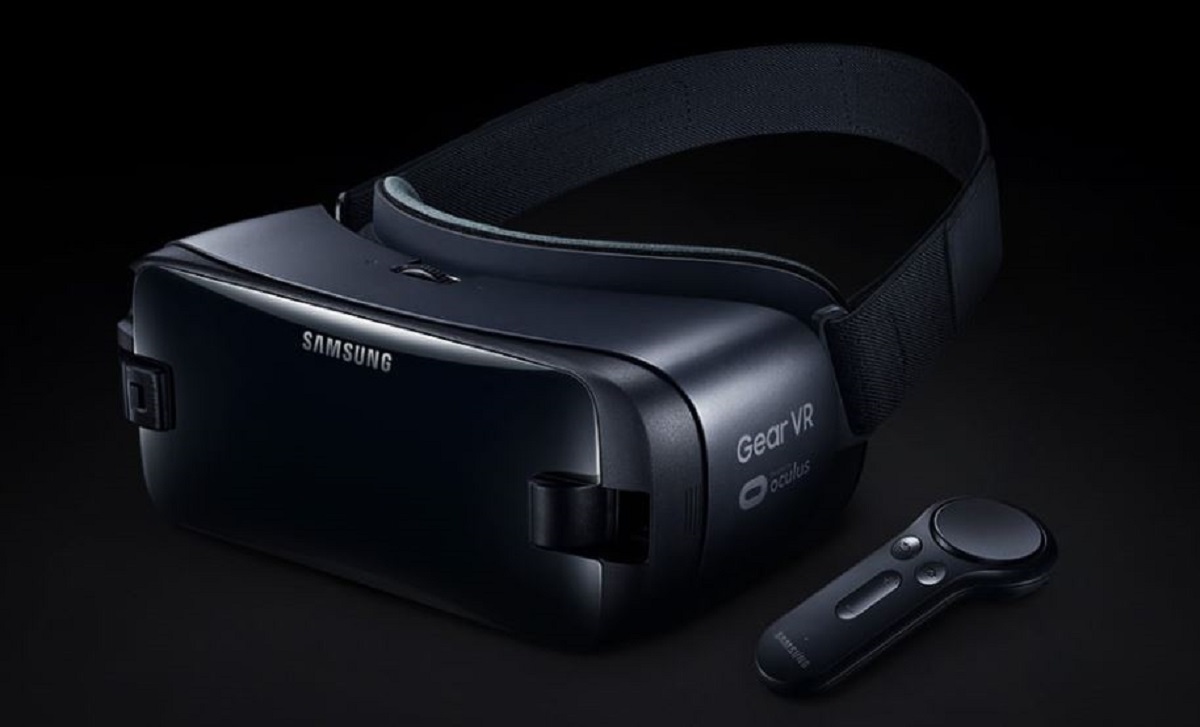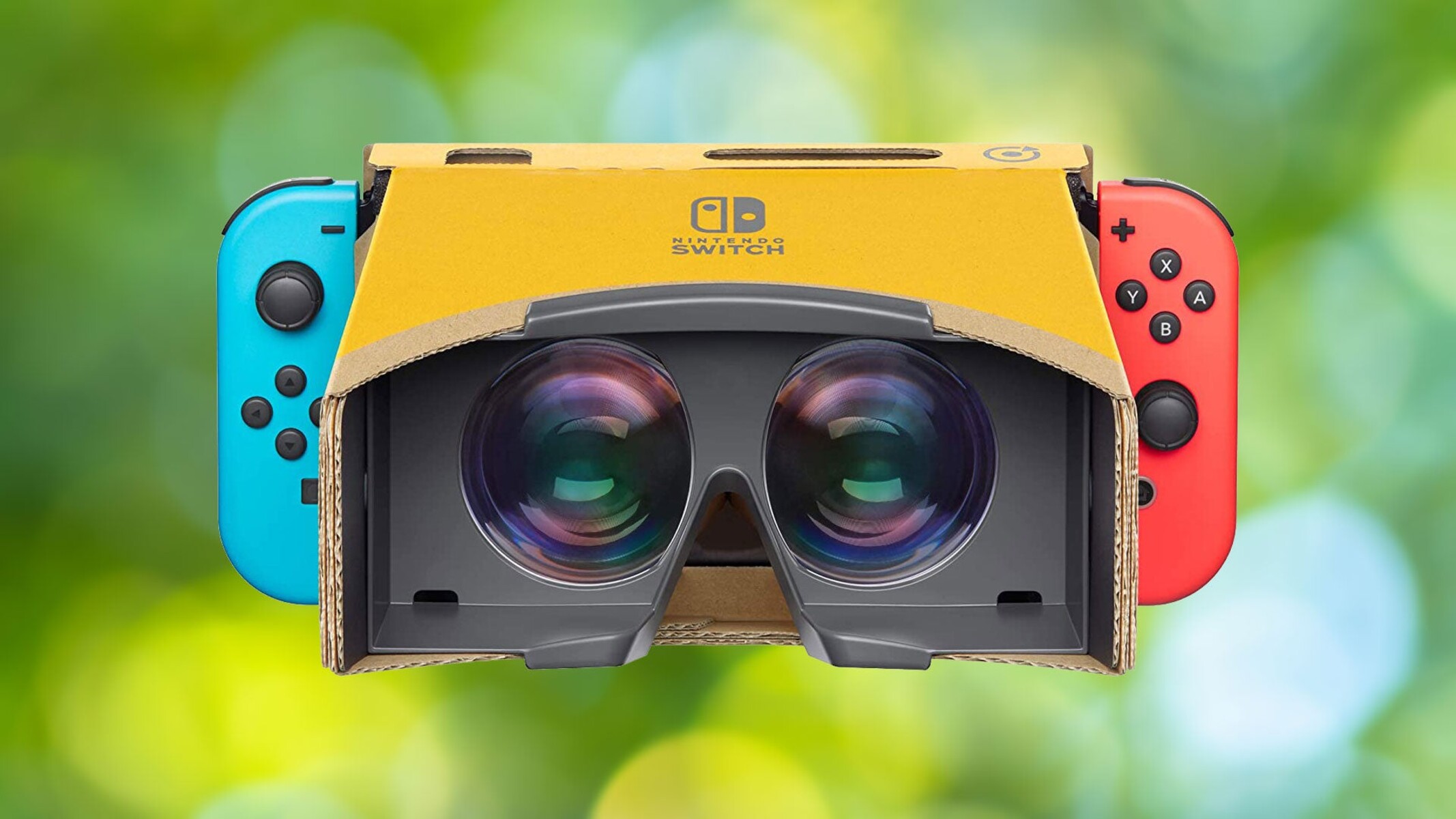Introduction
Noise cancelling technology has become increasingly popular in recent years, providing a way to block out unwanted sounds and create a more peaceful environment. Whether it’s the hum of a plane engine on a long flight or the constant background noise in a bustling office, noise cancelling devices offer a welcome reprieve from the cacophony of everyday life. However, for some individuals, using noise cancelling devices can have an unexpected side effect – dizziness.
It’s not uncommon to feel a sense of confusion or disorientation when wearing noise cancelling headphones for an extended period of time. This phenomenon, often referred to as “noise cancelling dizziness,” has left many users wondering why they experience such symptoms and how to alleviate them.
In this article, we will delve into the world of noise cancelling technology and its potential impact on our equilibrium. We’ll explore the science behind noise cancellation, the reasons behind the dizziness, and provide tips to minimize this unsettling side effect. So, if you’ve ever wondered why noise cancelling can make you feel dizzy, grab a seat and let’s investigate!
Understanding Noise Cancelling Technology
Noise cancelling technology is a fascinating advancement that has revolutionized the way we perceive and interact with sound. At its core, it involves the use of advanced electronics to counteract and suppress external noises, allowing the user to enjoy a more immersive and peaceful listening experience.
Most noise cancelling devices, such as headphones or earbuds, work on the principle of destructive interference. They use microphones to capture the ambient sounds and then produce an equal and opposite sound wave, effectively cancelling out the unwanted noise. This precise process is repeated continuously to maintain the desired level of noise cancellation.
The effectiveness of noise cancelling technology can vary depending on the quality of the device and the specific environment in which it is used. While some devices excel at eliminating low-frequency noises like engine rumbles or air conditioner hums, others are capable of reducing a wider range of frequencies, including high-pitched sounds.
In recent years, noise cancelling technology has not only become more advanced but also more accessible. It can now be found in a variety of devices, ranging from headphones and earbuds to speakers and even sleep masks. This widespread adoption has allowed individuals to enjoy the benefits of noise cancellation in various settings, from noisy offices and crowded commutes to the solitude of their own homes.
It’s important to note that noise cancelling technology is not limited to the consumer market. It has found applications in industries such as aviation, construction, and healthcare, where it is used to protect workers from excessive noise exposure or improve communication in challenging environments.
Overall, noise cancelling technology provides us with the ability to control our auditory environment and create a more peaceful atmosphere. However, it’s essential to be aware of the potential side effects that can accompany the use of these devices, including the sensation of dizziness.
How Noise Cancelling Works
Noise cancelling technology operates on the principle of sound wave interference. By producing sound waves that are the exact opposite of the ambient noise, noise cancelling devices effectively cancel out unwanted sounds. But how exactly does this process work?
At the heart of noise cancelling technology are the microphones embedded in the device. These microphones pick up the sounds in the surrounding environment and feed the information to the device’s electronics. The device analyzes the incoming sound waves and generates an inverted sound wave with the same amplitude but opposite phase.
The inverted sound wave is then played through the device’s speakers, effectively interfering with the original sound waves. When the original and inverted sound waves meet, they combine to create a new wave that cancels out the unwanted noise. This process is known as destructive interference.
To achieve a high level of noise cancellation, manufacturers employ sophisticated algorithms that continuously monitor and adjust the inverted sound wave to match the changing sound patterns in the environment. This ensures that the device can effectively counteract a wide range of noises, from constant background chatter to sudden bursts of sound.
It’s important to note that noise cancelling technology is particularly effective at reducing low-frequency sounds. These include rumbling engine noise, air conditioner hums, and the droning of machinery. The ability to effectively cancel out these low-frequency noises is what makes noise cancelling devices especially popular among frequent travelers, allowing them to enjoy a more peaceful journey on planes, trains, and buses.
While noise cancelling can greatly enhance our listening experience, it’s essential to understand its limitations. Noise cancellation is most effective for consistent, predictable sounds and may not be as effective in environments with irregular or sudden noises, such as a crowded street or a construction site.
In the next section, we’ll explore the potential side effects of noise cancelling technology and why it can sometimes lead to dizziness and other discomforts.
The Potential Side Effects of Noise Cancelling
Noise cancelling technology offers numerous benefits, but like any technological advancement, it comes with potential side effects that users should be aware of. While most people experience no adverse effects while using noise cancelling devices, a small percentage may encounter discomfort and unexpected symptoms.
One of the most common side effects reported by individuals using noise cancelling devices is dizziness. This sensation of dizziness can range from a mild disorientation to a more pronounced feeling of imbalance. Other reported side effects include headaches, nausea, and ear pressure.
It’s important to note that individual susceptibility to these side effects can vary. Some individuals may be more prone to experiencing dizziness or discomfort due to factors such as their sensitivity to changes in sound pressure or their overall vestibular system health.
Research suggests that prolonged use of noise cancelling devices may contribute to the development of what is known as “motion sickness.” Motion sickness occurs when there is a sensory conflict between what the eyes see and what the vestibular system, responsible for balance, detects. This conflict can lead to symptoms such as dizziness, nausea, and a general feeling of unease.
The potential side effects of noise cancelling devices can be exacerbated by certain factors. For instance, using noise cancelling devices in a moving vehicle, such as during a car or train ride, can intensify the sensory conflict and increase the likelihood of experiencing dizziness or motion sickness.
It’s worth noting that not all individuals experience these side effects, and some may find that they adapt to noise cancelling technology over time. However, if you are susceptible to dizziness or motion sickness, it’s important to be mindful of how you use noise cancelling devices and to take appropriate measures to minimize any discomfort.
In the following sections, we will explore the possible causes of dizziness when using noise cancelling devices and provide some tips to alleviate or prevent these symptoms altogether.
Motion Sickness and Dizziness
Motion sickness is a well-known phenomenon that can cause dizziness, nausea, and other discomforting symptoms. It occurs when there is a conflict between what our eyes perceive and what our vestibular system, responsible for detecting balance and movement, senses. This sensory conflict can be exacerbated when using noise cancelling devices, especially in situations involving motion.
When we are in motion, such as during a car ride or a flight, our inner ear detects the movement and sends signals to the brain to maintain balance. Our eyes also play a crucial role in helping us understand our spatial position. However, when we wear noise cancelling devices, it can create a sensory mismatch. Our eyes perceive a lack of movement because the external environment appears still, while our vestibular system still detects the motion. This discrepancy can lead to dizziness and motion sickness.
The conflict between the sensory information received from the eyes and the vestibular system can disrupt our brain’s ability to accurately interpret our surroundings. This can result in a variety of symptoms, including dizziness, nausea, sweating, and fatigue.
It’s important to note that not everyone experiences motion sickness or dizziness when using noise cancelling devices, as individual susceptibility can vary. Some people may be more prone to these symptoms due to factors such as pre-existing vestibular issues, sensitivity to changes in sensory input, or a history of motion sickness.
To manage motion sickness and dizziness when using noise cancelling devices, it’s important to take breaks and allow your body to readjust. If you start to feel lightheaded or experience any discomfort, try removing the device, closing your eyes, or focusing on a stationary object to recalibrate your senses. It can also be helpful to limit your use of noise cancelling devices during activities that involve motion, such as commuting or traveling.
In the next section, we will explore some of the potential causes of dizziness when using noise cancelling devices and provide tips to minimize these symptoms.
Causes of Dizziness When Using Noise Cancelling Devices
While noise cancelling technology can enhance our listening experience, it can also lead to dizziness for some individuals. Understanding the potential causes of this discomfort can help us find ways to prevent or minimize these symptoms.
One possible cause of dizziness when using noise cancelling devices is the disruption of our vestibular system. The vestibular system, located in our inner ear, is responsible for detecting motion, maintaining balance, and coordinating our body’s movements. When we wear noise cancelling headphones or earbuds, the external sounds that would usually provide important spatial cues, such as the sound of footsteps or background noise, are masked. As a result, our vestibular system can become confused, leading to a sense of imbalance and dizziness.
Another contributing factor is the altered perception of sound. When we wear noise cancelling devices, the external noise is effectively blocked, and we may perceive our surroundings as unusually quiet. This sudden change in auditory perception can be disorienting and can induce feelings of dizziness or lightheadedness.
Sensory conflicts can also play a role in causing dizziness. As previously mentioned, noise cancelling devices can create a discrepancy between what our eyes perceive and what our vestibular system senses, especially in situations involving motion. This conflict can lead to a sense of imbalance and disorientation, resulting in dizziness.
It’s worth noting that individual susceptibility to dizziness can vary. Some people may be more prone to experiencing these symptoms due to factors such as pre-existing vestibular issues, sensitivity to changes in sensory input, or a history of motion sickness.
To help prevent or minimize dizziness when using noise cancelling devices, consider the following tips:
- Take breaks: Give yourself regular breaks from wearing noise cancelling devices, especially during activities that involve motion or prolonged use.
- Adjust the volume: Use a moderate volume level when using noise cancelling devices. Extremely loud or intense sounds can contribute to dizziness or discomfort.
- Limit use during motion: Avoid using noise cancelling devices during activities that involve movement, such as driving or exercising. Motion can exacerbate sensory conflicts and increase the likelihood of experiencing dizziness.
- Opt for intermittent use: Instead of wearing noise cancelling devices continuously, consider using them in short intervals to allow your body to readjust.
- Stay hydrated: Dehydration can worsen symptoms of dizziness. Make sure to drink plenty of water when using noise cancelling devices, especially during prolonged use or in hot environments.
By being mindful of these causes and taking precautions, you can enjoy the benefits of noise cancelling devices while minimizing any potential dizziness or discomfort.
Sensory Conflicts and Balance Issues
One of the key factors contributing to dizziness when using noise cancelling devices is the sensory conflicts that can occur within our body’s balance system. These conflicts arise when there is a mismatch between the sensory input our brain receives from different sources, such as our eyes and our vestibular system.
Our eyes play a vital role in helping us understand our spatial position and perceive the movement of our surroundings. When we wear noise cancelling devices, the external sounds that would typically provide important spatial cues are obscured. This lack of auditory input can create a sensory mismatch, leading to a disorienting sensation and potential dizziness.
Additionally, our vestibular system, located in our inner ear, detects motion and helps maintain our balance. When we are in motion, such as during a car or train ride, our vestibular system signals to our brain that we are moving. However, when we wear noise cancelling devices, there is a discrepancy between what our vestibular system detects and what our visual system perceives. This conflict between the signals from our vestibular system and our eyes can lead to a sensation of imbalance and dizziness.
Individuals who already have underlying balance issues, vestibular disorders, or a history of motion sickness may be more susceptible to experiencing dizziness when using noise cancelling devices. These individuals may have a heightened sensitivity to sensory conflicts, making them more prone to feeling off-balance or disoriented when using such devices.
It’s important to recognize that dizziness caused by sensory conflicts and balance issues when using noise cancelling devices can vary in intensity and duration. Some individuals may experience mild discomfort or a fleeting sense of imbalance, while others may experience more persistent dizziness and disorientation.
To minimize the impact of sensory conflicts and balance issues when using noise cancelling devices, there are a few strategies to consider:
- Use noise cancelling devices in a stationary environment: If possible, use noise cancelling devices in a stable environment where there is minimal motion. This can help reduce the sensory conflicts between your vestibular system and your visual system.
- Gradually adapt to noise cancelling technology: If you are new to noise cancelling devices, start by using them for shorter durations and gradually increase the usage. This can give your body time to acclimate to the sensory changes.
- Engage in relaxation techniques: If you begin to experience dizziness or discomfort, engaging in relaxation techniques, deep breathing exercises, or focusing your attention on a fixed point can help promote a sense of balance and alleviate symptoms.
By being aware of the potential sensory conflicts that can arise and taking steps to mitigate them, you can minimize dizziness and maintain a more comfortable experience while using noise cancelling devices.
Tips to Minimize Dizziness when Using Noise Cancelling Devices
Dizziness when using noise cancelling devices can be an unsettling experience. However, there are several tips and strategies you can employ to help minimize these symptoms and enjoy a more comfortable listening experience.
1. Limit continuous use: Avoid wearing noise cancelling devices for extended periods of time. Taking regular breaks allows your body to readjust and reduces the risk of dizziness.
2. Adjust the volume: Use a moderate volume level when using noise cancelling devices. Extremely loud or intense sounds can contribute to dizziness or discomfort, so find a comfortable level that still allows you to enjoy your audio.
3. Opt for intermittent use: Instead of wearing noise cancelling devices continuously, consider using them in short intervals. This gives your body breaks in between and allows your senses to recalibrate.
4. Be mindful during motion: If you plan to use noise cancelling devices while in a moving vehicle or during activities that involve motion, proceed with caution. Motion can exacerbate sensory conflicts and increase the likelihood of experiencing dizziness. Consider reducing the noise cancellation effect or removing the devices altogether during periods of motion.
5. Stay hydrated: Dehydration can worsen symptoms of dizziness. Make sure to drink plenty of water, especially when using noise cancelling devices for prolonged periods or in hot environments.
6. Customize noise cancellation settings: Some noise cancelling devices offer customization options, allowing you to adjust the level of cancellation. Experiment with different settings to find what works best for you. Lower levels of cancellation may be sufficient for reducing external noise without causing excessive sensory conflict.
7. Seek professional guidance: If you consistently experience severe dizziness or have pre-existing vestibular issues, it may be beneficial to consult with a medical professional. They can assess your specific situation and provide personalized recommendations.
Remember, everyone’s experience with noise cancelling devices can vary, so it’s essential to listen to your body and adjust your usage accordingly. If you notice persistent or worsening symptoms of dizziness, it may be best to discontinue the use of noise cancelling devices and consult with a healthcare professional.
By implementing these tips, you can minimize the likelihood of dizziness and discomfort, allowing you to enjoy the benefits of noise cancelling technology without compromising your well-being.
Conclusion
Noise cancelling technology offers a remarkable solution to block out unwanted sounds and create a quieter environment. However, it’s important to be aware that using noise cancelling devices can sometimes lead to dizziness and discomfort for certain individuals.
By understanding the underlying causes of dizziness, such as sensory conflicts and balance issues, we can take proactive measures to minimize these symptoms. Tips like limiting continuous use, adjusting the volume, and being mindful during motion can help alleviate dizziness when using noise cancelling devices.
It’s crucial to remember that individual experiences may vary, and some people may be more prone to dizziness due to factors like pre-existing vestibular issues or sensitivity to sensory changes. If dizziness persists or worsens, seeking guidance from a medical professional is recommended.
While noise cancelling devices can enhance our listening experience, it’s vital to strike a balance between enjoying the benefits and being mindful of potential side effects. By adjusting our usage, incorporating breaks, and listening to our bodies, we can reap the rewards of noise cancelling technology without compromising our well-being.
So, the next time you slip on those noise cancelling headphones or earbuds, remember these tips and enjoy the peace and tranquility they offer, all while keeping dizziness at bay.









